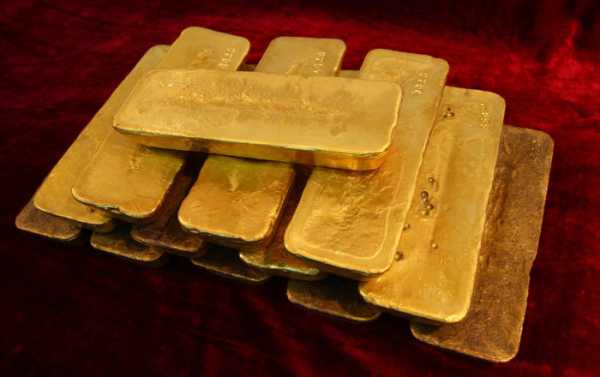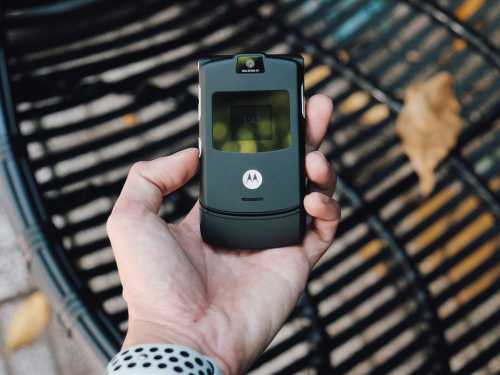
The value of the Russian central bank’s gold reserves grew by $6.244 billion last month, despite plummeting global oil prices and overall economic contraction as a result of global economic activity grinding to a virtual halt amid the coronavirus pandemic.
In April, despite economic hardships triggered by the coronavirus pandemic the gold reserves accumulated by the Bank of Russia made it possible to prevent the ruble from tumbling significantly, while maintaining foreign exchange reserves at a record high.
Financial experts are convinced that investments in the precious metal will serve a double dividend, by not only channeling revenue to the Central Bank coffers, but also helping to sharply reduce the share of the US dollar in international settlements.
Going for the Gold
In the last five years, Russia has significantly boosted its gold reserves, with the current COVID-19 health crisis and its fallout for the global economy confirming the soundness of this strategy.
Notwithstanding currency interventions in support of the ruble, soaring prices for precious metals enabled the Bank of Russia to retain gold and foreign exchange reserves.

Gold bar
In March and April, the Central Bank spent $6.6 billion, selling off $250-$300 million a day, according to rbc. As a result, the ruble lost some 20 percent of its value – not as much as it could have given the fact that oil prices had shrunk almost threefold. According to the calculations of Gazprombank analysts, without foreign exchange interventions the dollar by the beginning of May would have been worth over 110 rubles.

Gazprombank logo in the pavilion hosting the 19th St. Petersburg International Economic Forum. (File)
In April, the value of the Russian central bank’s gold reserves grew by $6.244 billion, or 5.2 percent, reaching a value equivalent of over $126 billion, or 21.3 percent of the bank’s total reserves, according to figures released by the regulator.
Partly triggered by bullion’s growing worth as a stable store of value amid the global economic slump, the soaring gold stocks caused total reserves to grow by 0.45 percent in the month of April, reaching a total of $566 billion.
The past four months have witnessed Russian reserves overall growing a net 2.1 percent.
The Russian Central Bank’s international reserves, consisting of bullion, foreign currency reserves and special drawing rights assets, form a “rainy day” investment fund for the Russian government.
According to the World Gold Council (WGC), in 2018 Russia bought 274.3 tons of gold, in 2019 – 158.1, and so far in 2020 – 28 tons.
This week, gold has been trading at its highest since October 2012, at $1,764.55.
In global markets on 21 May, Gold eased 1 percent to $1,732.43 per ounce, while US gold futures shed 1.1 percent to $1,733.60 per ounce.
Analysts are convinced this is not the limit, as precious metal is the most reliable investment tool in a crisis.
The developments come as investor confidence in US government bonds has been rapidly declining, with yields on the bonds stalling near all-time lows.

The U.S. Treasury Department building at dusk, Thursday, June 6, 2019, in Washington.
According to Treasury Department data cited by the outlet on 15 May, foreign investors sold a record amount of US Treasury bonds and notes for the month of March.
Foreigners were cited as selling $299.346 billion in Treasuries in March, a record high, compared with foreign buying of $4.885 billion in February.
In March, Saudi Arabia was one of the biggest sellers of Treasuries, with its holdings sinking to $159.1 billion, from $184.4 billion in February.
The Bank of Russia, which back in 2018 rapidly sold off the vast majority of its stash of US treasury bonds on the market, has slashed the remainder threefold – from $12.58 billion to $3.85 billion.
This represents less than one percent of the country’s international reserves.
Sourse: sputniknews.com






